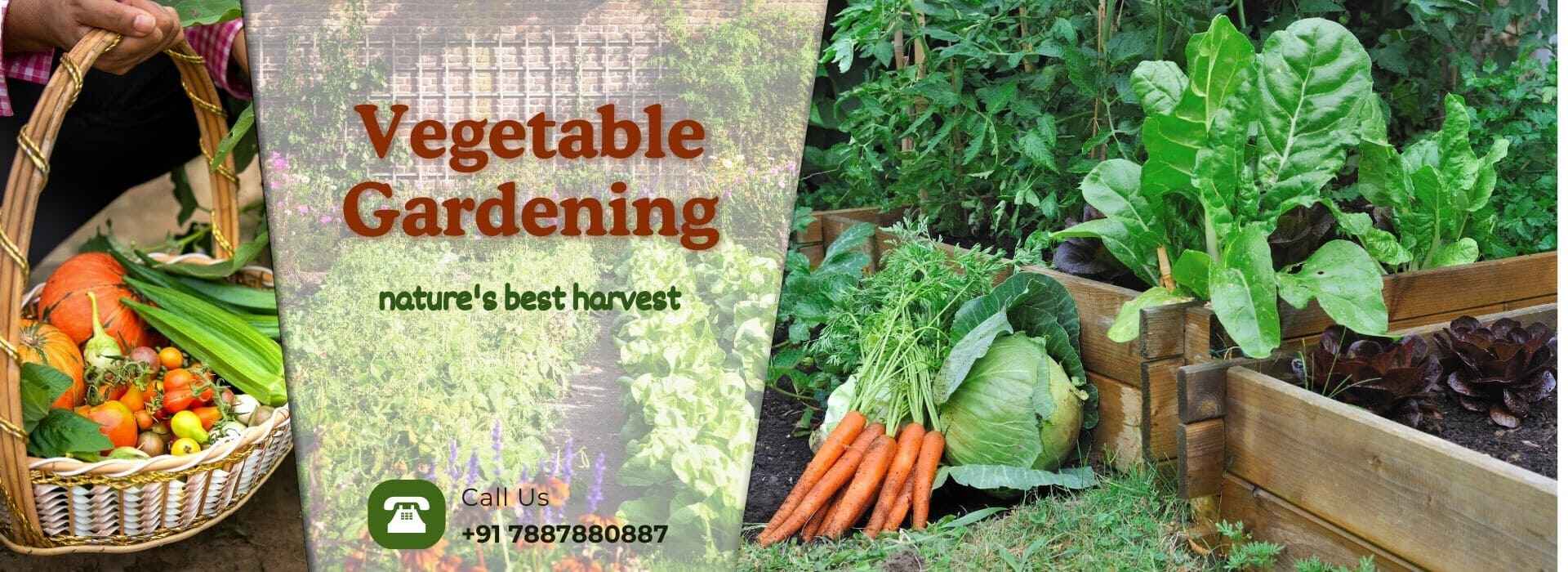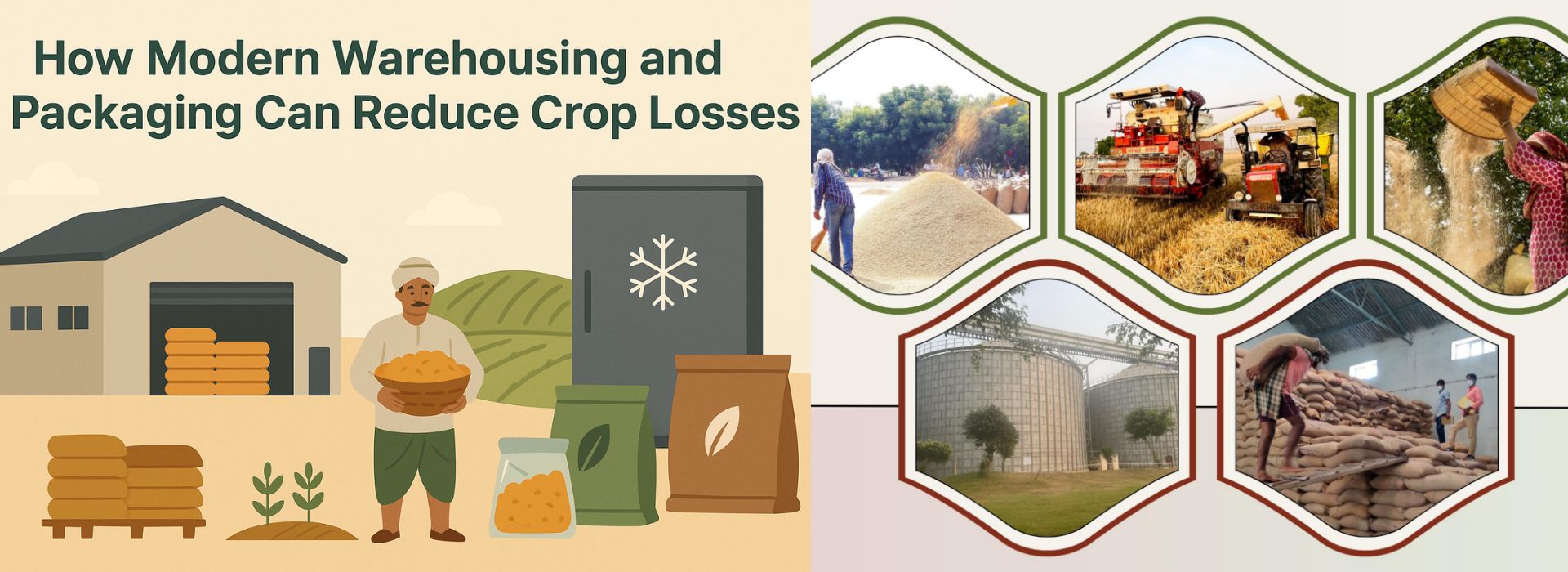Efficient Irrigation: How to Save Water and Keep Crops Thriving in Summer
February 25, 2025Efficient
Irrigation: How to Save Water and Keep Crops Thriving in Summer
Water is one of the most critical
resources for agriculture, especially during the summer months when
temperatures soar, and evaporation rates increase. Without proper irrigation
strategies, crops can suffer from heat stress, reduced yields, and water
scarcity issues. With sustainable and efficient irrigation techniques,
farmers can optimize water use while maintaining healthy and productive crops.
This blog explores the best water-saving
irrigation methods and smart watering strategies to help farmers conserve
water and boost crop health during the summer season.
1. Understanding
the Challenges of Summer Irrigation
Before implementing efficient
irrigation techniques, it’s essential to understand the key challenges farmers
face during summer:
- Increased Evaporation: High temperatures cause rapid water
loss from soil and plant surfaces.
- Soil Drying and Cracking: Excessive heat can lead to soil
compaction and reduced water retention.
- Overwatering Risks: Excess irrigation can leach
nutrients from the soil, leading to water wastage and lower crop
quality.
- Water Scarcity: Many regions face water shortages
due to declining groundwater levels and irregular rainfall patterns.
To tackle these challenges, adopting
smart irrigation strategies is essential.
2. Best
Irrigation Techniques for Water Conservation
A. Drip
Irrigation: Precision Watering for Maximum Efficiency
Drip irrigation is one of the most
water-efficient irrigation methods, delivering water directly to the plant
roots through a system of tubes, emitters, and drippers.
Benefits:
✅
Reduces water wastage by minimizing evaporation.
✅
Prevents water runoff and soil erosion.
✅
Delivers nutrients directly through fertigation.
✅
Reduces weed growth by keeping non-crop areas dry.
🔹 Best for: Vegetables, fruit crops, and
orchards.
B. Mulching:
Retaining Moisture and Reducing Evaporation
Mulching involves covering the soil
surface with organic (straw, wood chips, leaves) or synthetic (plastic)
materials to reduce evaporation.
Benefits:
✅
Keeps the soil cool and moist.
✅
Reduces weed competition for water.
✅
Prevents soil erosion and nutrient loss.
🔹 Best for: Tomatoes, cucumbers,
potatoes, and fruit trees.
C. Sprinkler
Irrigation: Covering Large Areas Efficiently
Sprinkler irrigation mimics natural
rainfall, spraying water over crops through overhead systems.
Benefits:
✅
Covers large fields efficiently.
✅
Works well for uneven landscapes.
✅
Can be automated for water-saving schedules.
Pro Tip: Use low-pressure sprinklers to reduce
water loss from misting and evaporation.
🔹 Best for: Wheat, maize, legumes, and
lawns.
D. Rainwater
Harvesting: Utilizing Natural Resources
Rainwater harvesting is an eco-friendly
solution that helps store excess rainfall for later use in irrigation. Farmers
can build:
- Farm ponds
- Rainwater collection tanks
- Check dams and recharge pits
Benefits:
✅
Provides an alternative water source during dry periods.
✅
Reduces dependency on groundwater.
✅
Enhances water availability for livestock and irrigation.
🔹 Best for: All types of farms,
especially in rain-fed areas.
E. Scheduling
Irrigation at the Right Time
Watering crops at the right time improves
absorption and minimizes losses.
Best irrigation
times for summer:
🌅
Early Morning (5 AM - 9 AM): Lower temperatures reduce evaporation.
🌙
Late Afternoon (4 PM - 7 PM): Allows plants to absorb moisture
overnight.
🚫 Avoid watering in the midday sun (10 AM -
3 PM), as high heat causes excessive evaporation.
3. Smart
Irrigation Technologies for Maximum Water Efficiency
A. Soil Moisture
Sensors
These sensors measure real-time
soil moisture levels, ensuring that irrigation is applied only when needed.
🔹 How it helps:
✅
Prevents overwatering and reduces water waste.
✅
Helps in precision irrigation, optimizing crop hydration.
B. Automated
Irrigation Systems
Automated systems use timers and
sensors to control irrigation schedules, ensuring efficient water
use.
🔹 How it helps:
✅
Saves labor costs and time.
✅
Ensures crops receive consistent watering.
C. Drones and
AI-Powered Monitoring
Farmers are now using drones and AI
to analyze soil moisture and detect dry patches, helping them
make data-driven irrigation decisions.
🔹 How it helps:
✅
Reduces water waste with targeted irrigation.
✅
Detects areas suffering from heat stress.
4. Additional
Water Conservation Tips for Summer Farming
✅ Use Cover Crops – Cover crops like
clover and legumes improve soil moisture retention.
✅
Apply Organic Matter – Compost and manure increase soil’s
water-holding capacity.
✅
Avoid Flood Irrigation – Excessive water application leads to nutrient
leaching and water waste.
✅
Fix Leaks and Maintain Equipment – Regular maintenance prevents water
loss from damaged pipes and irrigation systems.
5. The Benefits
of Efficient Irrigation in Summer Agriculture
🌱 Higher Crop Yields – Consistent
watering improves plant growth and productivity.
💧
Water Conservation – Smart irrigation reduces water usage by up to 50%.
🌍
Sustainable Farming – Using less water protects the environment and
groundwater reserves.
💰
Cost Savings – Lower water usage leads to reduced farming expenses.
Conclusion: A
Smarter Way to Irrigate Crops in Summer
Efficient irrigation is essential to save
water, increase crop resilience, and maximize agricultural
productivity during the summer. By adopting drip irrigation, mulching,
rainwater harvesting, and smart technologies, farmers can conserve water
while keeping their crops healthy and thriving.
A well-planned
irrigation strategy not only ensures a successful harvest but also contributes
to a more sustainable future for agriculture.
At krishibazaar.in, you
can find and buy various agricultural products. For agricultural guidance on
selecting the most suitable products for your crops, please contact or WhatsApp
at +917887880887






Guest reviews
No reviews found for this Blog